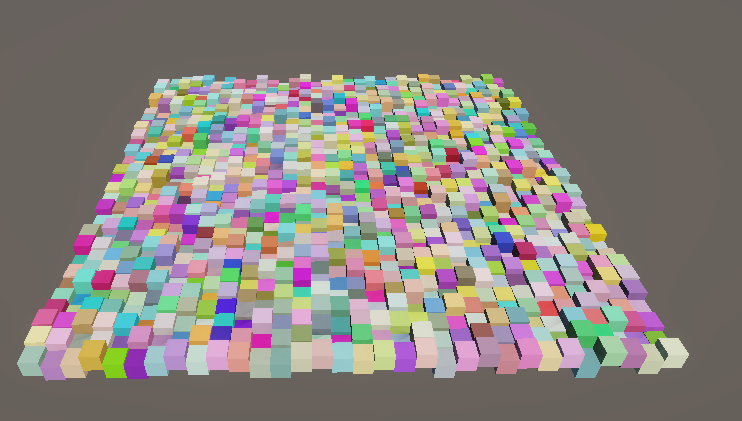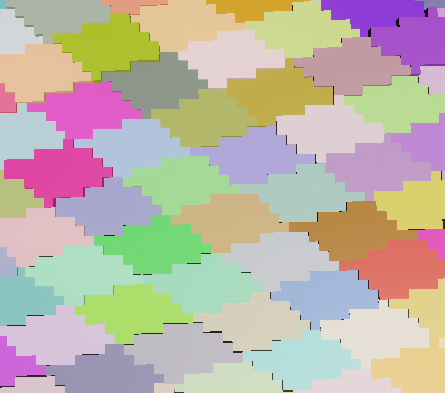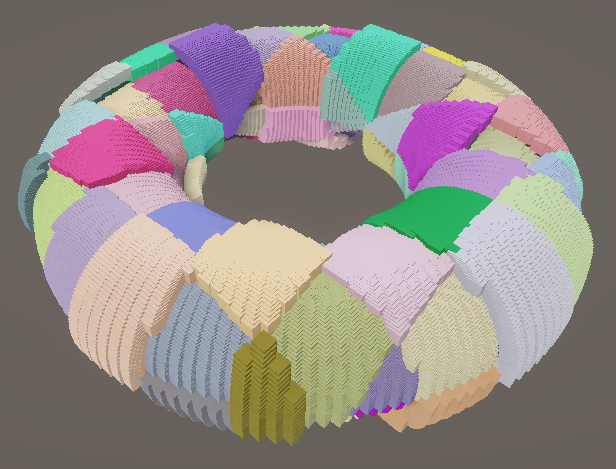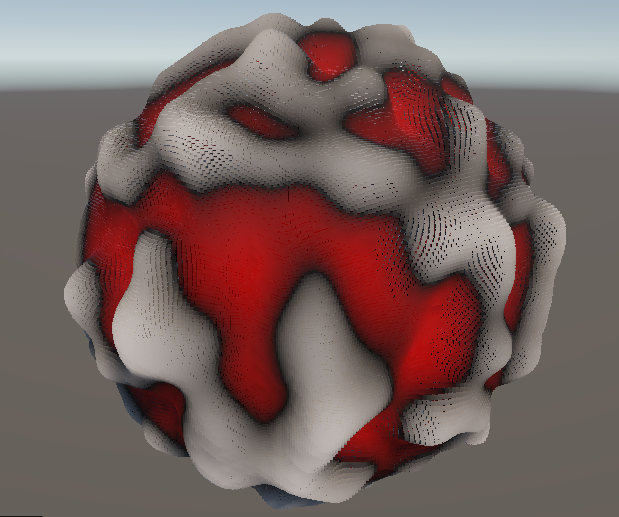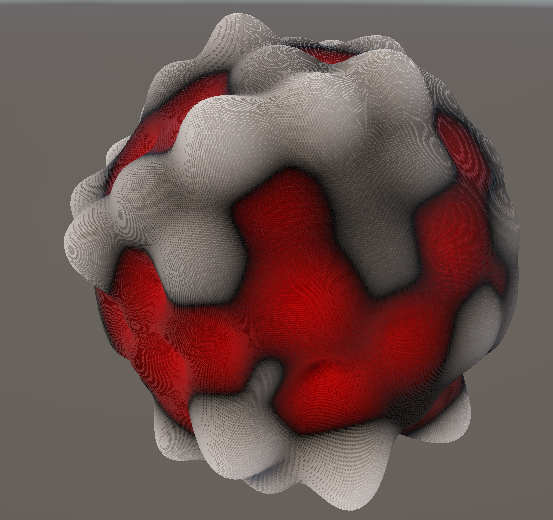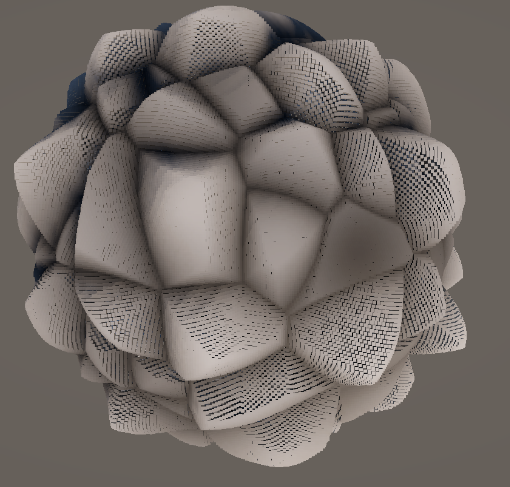Catlike Coding Tutorials
Intro
A while I go I decided I want to do ALL Catlike Coding Unity tutorials. The reason for that was that I just want to further increase my knowledge of Unity and especially dip a bit further into shaders and graphics programming. If possible I also want to try to apply the things from the tutorial to something new or at least try to alter or complement the tutorials end results somehow.
The Basics Tutorials
For the basic tutorials I learnt some new things about:
- Surface-Shaders
- GPU Instancing
- Shader-Graph and custom functions in it
- Performance Measuring in Unity
- Compute Shaders
- The Unity Job System
See the original site for the tutorials.
Repo: https://github.com/dmaerzendorfer/CatlikeCodingBasics
Gallery
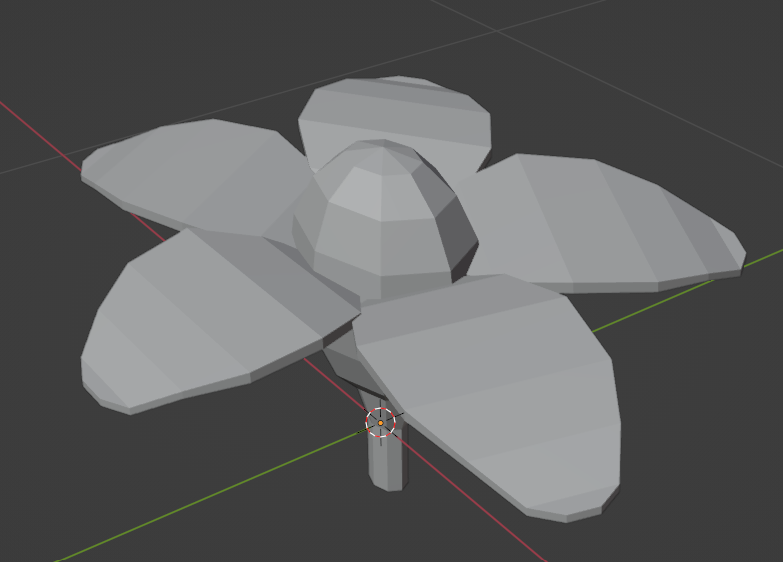
Pseudorandom Noise Tutorials
For the basic tutorials I learnt some further things about:
- Hashing functions
- Burst Optimisation and the Unity Job System
- Value and Gradient Noise
See the original site for the tutorials.
During this tutorial various variations of noise were implemented, these include:
- Value Noise
- Perlin Noise
- Voronoi Noise
- Simplex Noise
Each noise is available in 1D, 2D and 3D. Furthermore each noise includes settings for variance and turbulence as well as tiling.
Gallery
